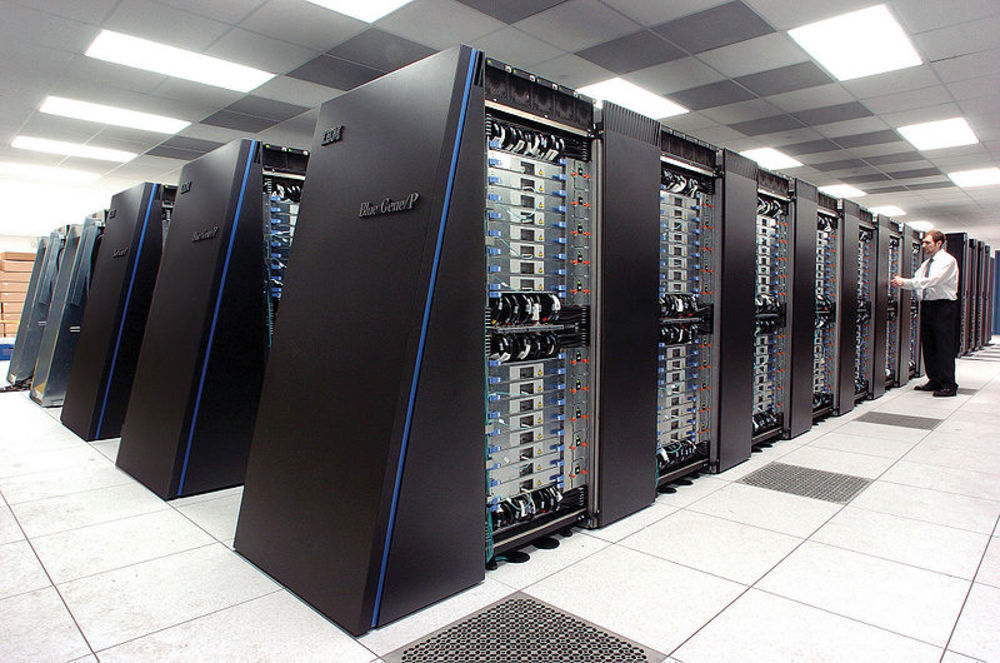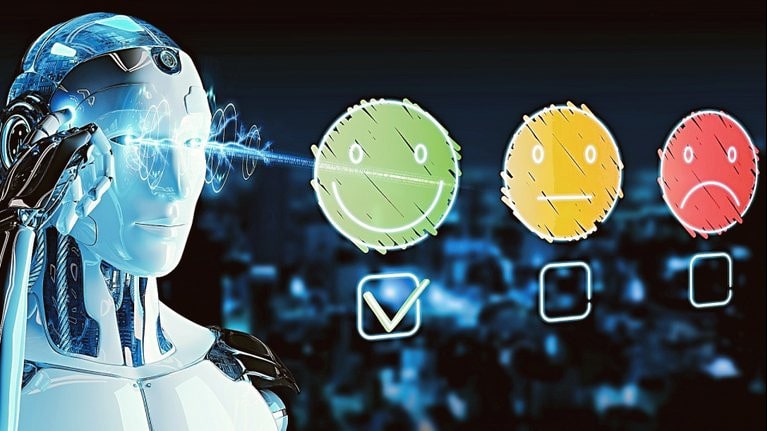The Artificial Intelligence Bridging Cloud Infrastructure (AIBC) will run at over 130 petaflops, far faster than the current record holder.
After five years of falling behind the United States and China in peak computer performance, Japan is poised for a comeback.
The country has announced its intention to build the world’s fastest and most efficient supercomputer by the end of 2017. Bidding for the opportunity to build the computer, named Artificial Intelligence Bridging Cloud Infrastructure (AIBC), will end on December 8th.
If constructed, AIBC could represent another leap forward in supercomputing, one that could greatly advance AI research as well as provide valuable processing power for various companies, start-ups, and academic institutions. As computing technology continues to advance, AIBC could also provide researchers with valuable information on how to continue to push processing power forward for personal computing devices.

Recommended: Think you’re a true geek? Take our quiz
The current record-holder for most powerful supercomputer in the world is China’s Sunway TaihuLight, which can perform 93 petaflops, that is, quadrillion floating-point operations per second, a common measure of supercomputer performance that clocks how fast a machine can perform arithmetic on numbers with fractions. AIBC would run at over 130 petaflops, according to Japan’s National Institute of Advanced Industrial Science and Technology (AIST), where the computer will be built. That’s a huge leap over Japan’s current fastest supercomputer, which runs at a mere 13.5 petaflops.
TAKE OUR QUIZ Think you’re a true geek? Take our quiz
PHOTOS OF THE DAY Photos of the weekend
“As far as we know, there is nothing out there that is as fast,” Satoshi Sekiguchi, a director general at AIST, told Reuters.
The announcement of AIBC comes after Japanese Prime Minister Shinzo Abe has called for Japan’s governmental and private sectors to work more closely together to put the country at the forefront of new and growing technological markets. AIBC-assisted research will drive Japanese advances in self-driving cars, medical applications, robotics, and more. But the main goal is to use the calculating capacity of the supercomputer to accelerate aspects of artificial intelligence research, including “deep learning,” an attempt to teach machines high-level abstract thinking similar to that of a human being.
The new computer is projected to cost the Ministry of Economy, Trade and Industry $173 million, or 19.5 billion yen. The price tag will likely be mitigated by allowing companies to rent time on the supercomputer for their own use, according to Ars Technica UK. In the meantime, various technology companies have begun bidding on the honor to build the machine themselves, though it is not known whether there are any front runners yet.
While advances in supercomputer technology are not generally felt by ordinary people for years, the techniques used to build supercomputers have led to a rapid increase in the speed and efficiency of consumer technologies. The Cray-2 supercomputer, for instance, the fastest machine in the world when it was released in 1985, has 2.7 times less processing power than Apple’s iPhone 5, which is now itself skirting obsolescence. In a few decades, it is possible we could see the equivalent of AIBC on the market for ordinary consumers in some form or another.
But for now, there are a number of technical challenges to overcome in order to make AIBC a reality. The most significant challenge is power consumption; AIST wants the computer to run on less than 3 megawatts of power. By comparison, Sunway Taihulight runs on 15 megawatts. AIBC will also have to use cutting-edge liquid cooling techniques to keep the heat generated by the supercomputer to tolerable levels.
ABCI will be constructed at the University of Tokyo’s Kashiwa Campus. Like most currently active supercomputers, it will likely run on a Linux operating system.






![[Top 9] Chat Forums on Deep Web | Deep Web Chat Rooms | Enter At Your own Risk Top 9 Chat Forums on Deep Web, The Lolita City, onion deep web, dark web lolita, lolita city,](https://www.gadgetgyani.com/wp-content/uploads/2018/03/deep-web-CHAT-FORUMS.jpg)













